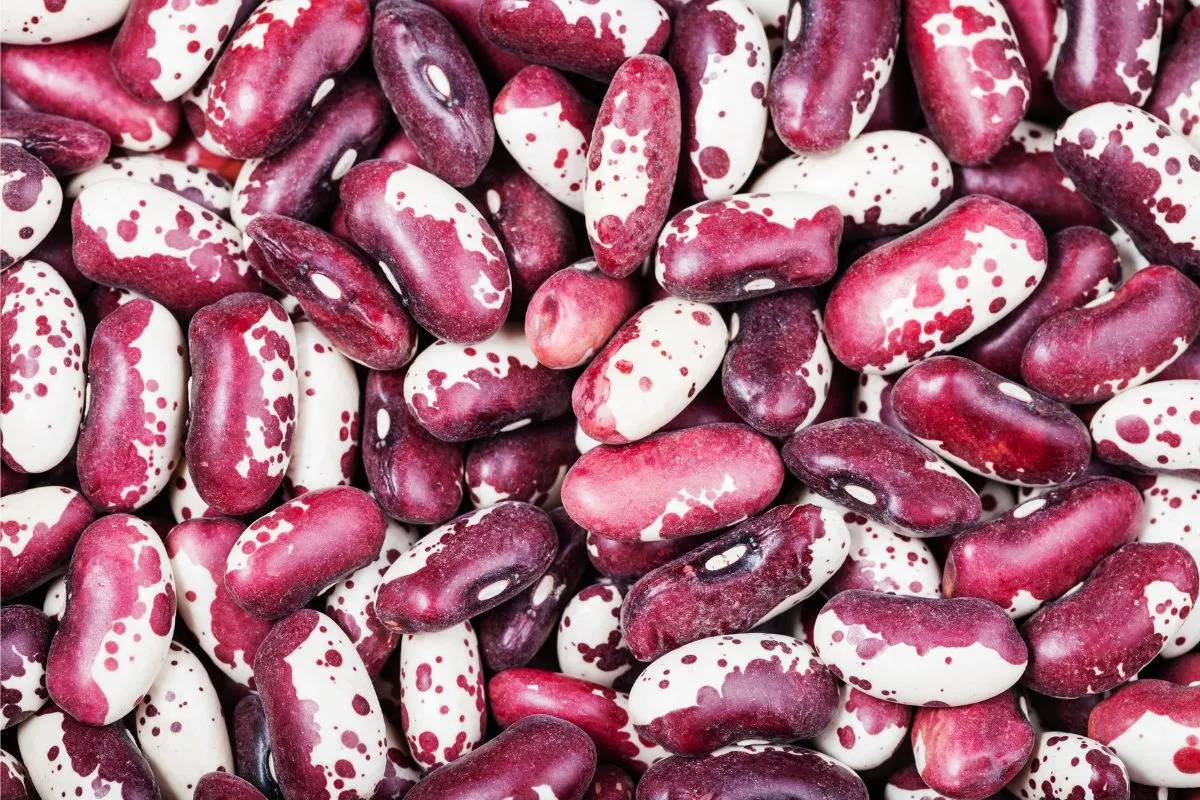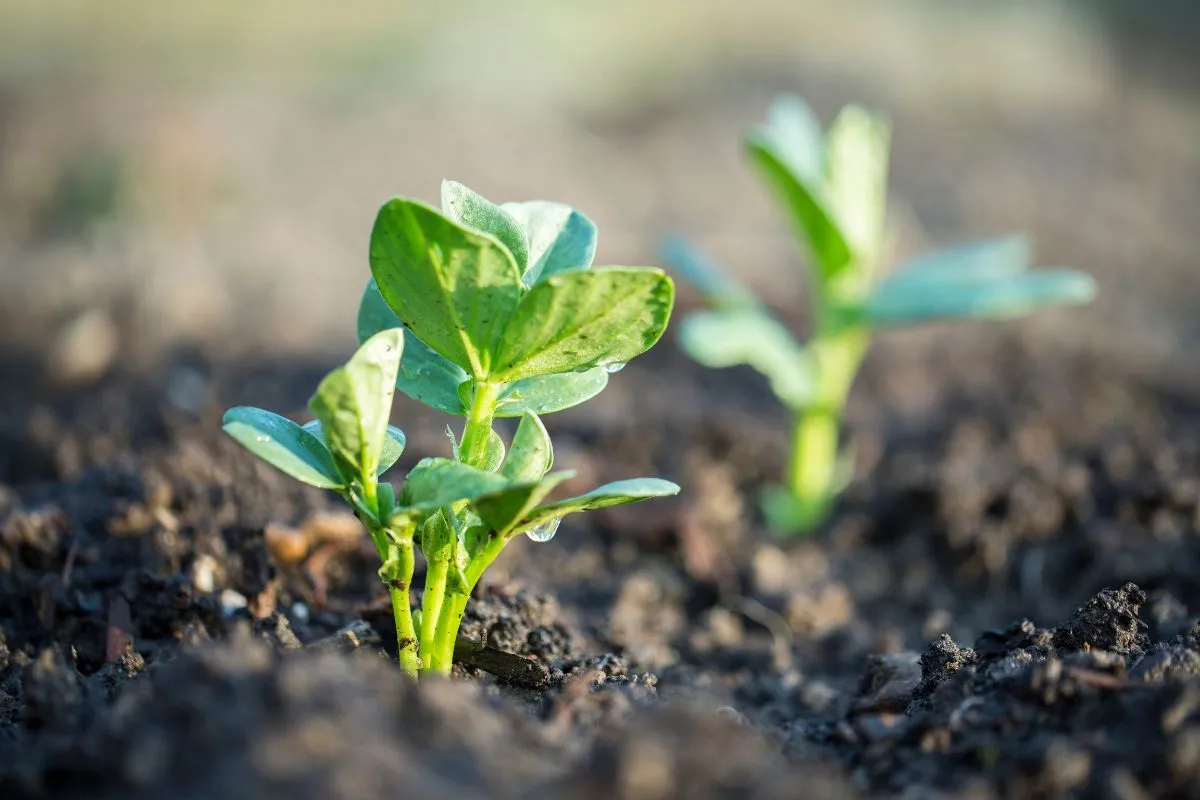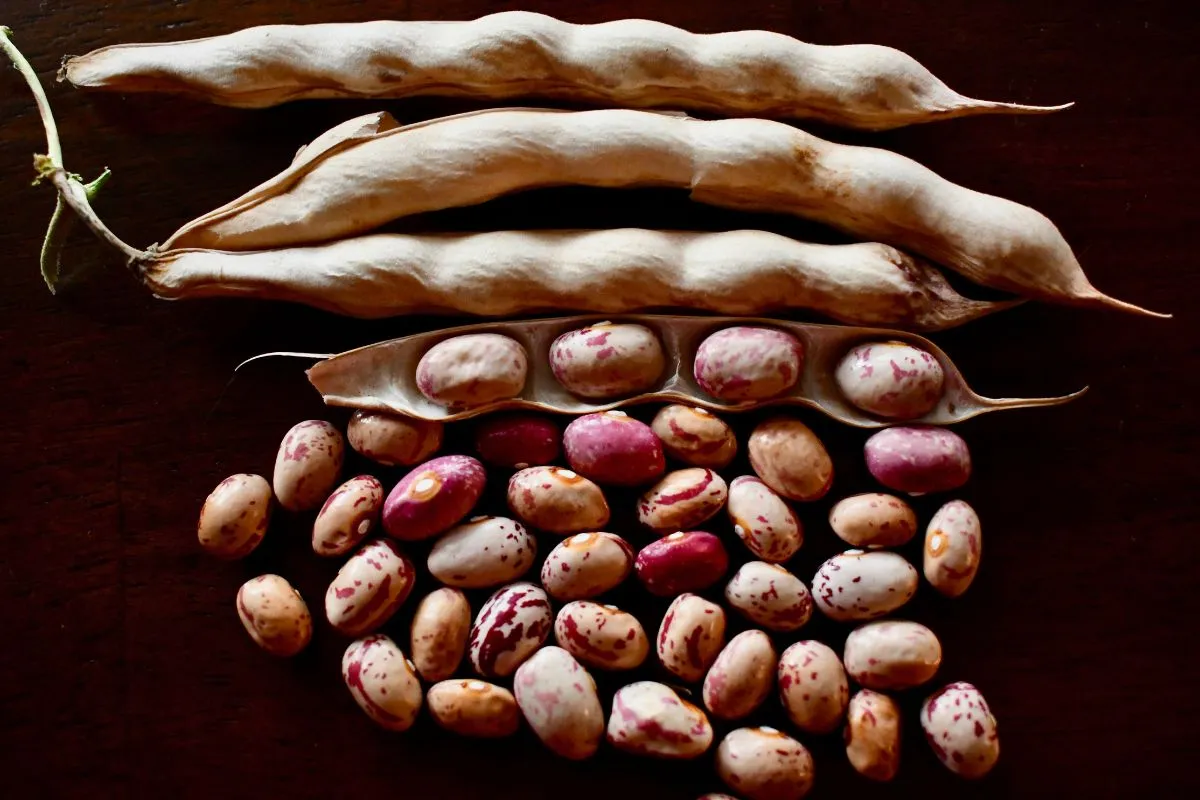In the realm of wholesome foods, speckled butter beans offer a symphony of flavors, nutritional benefits, and a rich tapestry of cultural history. This article ventures into the world of these marbled legumes, exploring their journey from garden to table. We’ll delve into their nutritional profile, culinary versatility, and how they’ve been cherished across generations. Whether you’re keen on enhancing your diet, discovering new recipes, or learning about sustainable gardening practices, this comprehensive guide shines a light on the humble yet mighty speckled butter bean.
Introduction to Speckled Butter Beans
Among the family of beans, speckled butter beans stand out with their distinctive, marbled appearance and buttery texture. These legumes not only offer a feast for the eyes but also bring a rich, creamy flavor to any dish they grace. Perfect for warm climates, their versatility in the kitchen is unmatched.
What Are Speckled Butter Beans?
More than just a side dish, they are a nutritional powerhouse. They’re loaded with proteins, fibers, and essential minerals, making them a staple for anyone interested in a healthful diet. Their slow-releasing energy is a boon for maintaining stamina throughout the day. Indeed, these beans are a testament to the saying, “Good things come in small packages.”
Historical Significance and Origin
The roots of speckled butter beans run deep, especially in the American South, where they’ve been a cornerstone of culinary traditions for ages. Their story is one of adaptation and survival, transitioning from wild varieties to beloved garden plants. This journey underscores not only agricultural innovation but also a deep-seated appreciation for food that nourishes both body and soul.
Nutritional Profile and Health Benefits
The Nutritional Powerhouse
Speckled butter beans are not just a treat for the palate; they’re a boon for health, too. Packed with an impressive array of nutrients, these beans are a fantastic source of plant-based protein, making them a favorite among vegetarians and meat-eaters alike. But that’s not all. They’re also rich in dietary fiber, which is essential for maintaining a healthy digestive system. Add to that a wealth of vitamins and minerals, including iron, magnesium, and potassium, and it’s clear why these beans are such a valued part of a balanced diet.
Nutritional Breakdown
Let’s break it down further. A cup of cooked speckled butter beans can provide a significant portion of your daily protein needs, with the added benefit of being low in fat. This makes them an excellent choice for anyone looking to manage their weight or cholesterol levels. Moreover, the high fiber content helps keep you feeling full longer, aiding in weight management and blood sugar stabilization.
Health Benefits of Speckled Butter Beans
But the benefits don’t stop there. The antioxidants present in these beans contribute to overall health by combating free radicals in the body. This can help reduce the risk of chronic diseases such as heart disease and cancer. Additionally, the potassium content in butter beans supports heart health by regulating blood pressure levels. For a deeper dive into the health and nutritional benefits, check out our Health Benefits of Butter Beans – Nutritional Guide.
Furthermore, their low glycemic index makes them an ideal food choice for individuals with diabetes, as they help manage blood sugar levels more effectively than other carbohydrate sources. It’s clear that incorporating butter beans into your diet can be a delicious way to boost your health.
As we continue to explore the wonders of speckled butter beans, it becomes evident that their value extends far beyond their taste. They offer a powerful combination of nutrients that can enhance our well-being in numerous ways. So, next time you’re planning a meal, consider adding these nutritional gems to your plate.
Speckled Butter Beans Recipes and Culinary Uses
The versatility of speckled butter beans shines in the kitchen, where they can transform any meal into a nutritious feast. Their creamy texture and rich flavor make them a fantastic addition to a wide array of dishes, from hearty stews to refreshing salads. And for those who enjoy a culinary challenge, these beans serve as a splendid base for creative and innovative recipes.
Preparing Beans
Before diving into the cooking process, it’s essential to know how to prepare these beans. If you’re using dried beans, they’ll need a good soak—either overnight or using the quick-soak method—before cooking to ensure they’re tender and digestible. Cooking speckled butter beans is straightforward; simmer them in water or broth until tender, which typically takes about an hour. Remember, a pinch of salt added towards the end of cooking can enhance their natural flavor without toughening their skins.
Traditional Speckled Butter Beans Recipes
Traditionally, speckled butter beans have found their place in soul-warming dishes that speak of home and comfort. A classic Southern dish pairs these beans with smoked meats, creating a savory blend that’s hard to resist. Another beloved recipe is the simple yet satisfying butter bean soup, enriched with vegetables and herbs, offering a wholesome meal in a bowl.
Innovative Dishes
But let’s not stop at tradition. For those looking to experiment, why not try a speckled butter bean hummus? This twist on the classic Middle Eastern spread brings a Southern flair to your appetizer table. Or, imagine a vibrant salad where these beans mingle with cherry tomatoes, fresh basil, and a zesty vinaigrette, showcasing their versatility in cold dishes.
As we explore the culinary potential of speckled butter beans, it’s clear they offer a canvas for both traditional comfort foods and inventive culinary creations. Whether you’re a seasoned chef or a home cook, these beans can elevate your cooking, infusing meals with nutrition, flavor, and a touch of creativity.




1 thought on “Speckled Butter Beans: Nutritional Benefits and Culinary Guide”